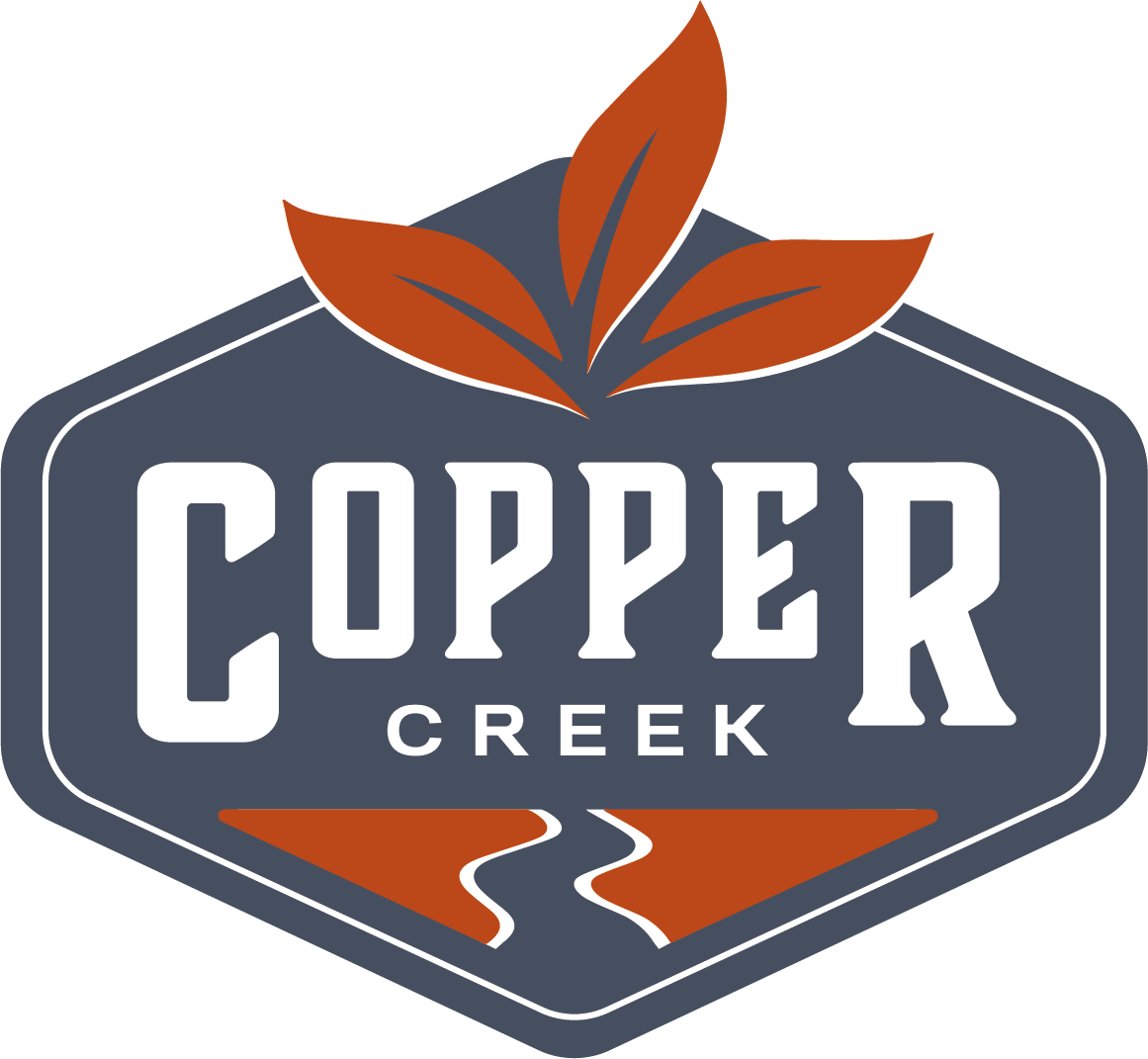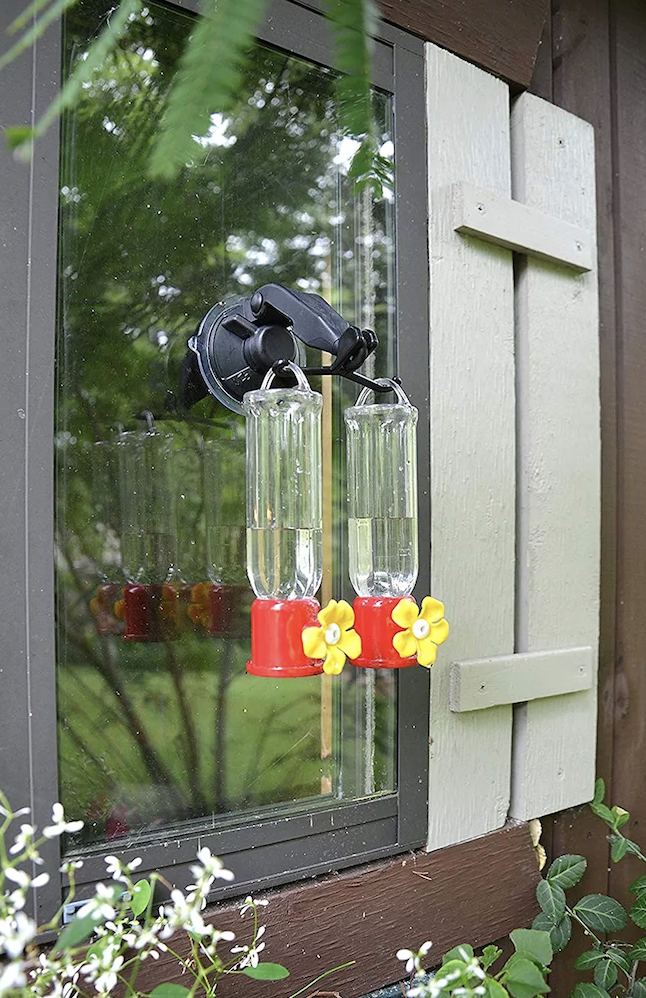Attracting and Caring for Hummingbirds in Minnesota
You may have already experienced the pleasant surprise of a hummingbird zipping by you with a thick flutter, a wonderful sign of a beautiful season ahead. Hummingbirds have made it to their vacation destination for the Summer! Hummingbirds are very important to our Minnesota summers. They are among one of the best pollinators. Visiting 1,000-2,000 flowers a day, they help to spread pollen from one flower to the next allowing for more abundant blooms, and a more bountiful vegetable garden. Aside from their benefits, Hummingbird watching is a fascinating past time. The way they move so fast yet seem still, their beautiful iridescent, sun-striking colors, and the way they dance around flowers and even humans is quite joyful. We want to help you get a better understanding of hummingbirds. Follow along with us for information on hummingbird species in Minnesota, tips and tricks for attracting and caring for these beautifully, busy birds, and a hummingbird-safe nectar recipe to put in your own hummingbird feeders.
About Hummingbirds in Minnesota
Like many species of birds, most hummingbirds migrate during the warmer months of the year. During the winter months, they typically reside in Central America, or Mexico. When the abundance of spring flowers makes their presence, you will begin to see hummingbirds moving in and settling across the United States. There are 17 different species of hummingbirds that come to the United States for the summer. Of those 17 species, 7 of them fly in and make Minnesota home for a few months of the year.
Hummingbird Species in Minnesota
• Ruby-throated Hummingbird
• Calliope Hummingbird
• Anna’s Hummingbird
• Rufous Hummingbird
• Costa’s Hummingbird
• Green Violet-Ear Hummingbird (also known as the Mexican Violetear)
• Rivoli’s Hummingbird
Easily recognizable in the summer months in Minnesota, Ruby-throated Hummingbirds are the most common to be seen in our state. While the other 6 species do migrate to Minnesota, the chances that you will come across them are very unlikely. You often recognize Ruby-throated Hummingbirds by their vibrant, almost fluorescent green wings. Males have a black chin and a bright, red neck, hence the name ‘ruby-throated’. Females are duller in that of colors in comparison to males but are still striking. They have a white neck, with the same green wings. Ruby-throated Hummingbirds migrate the beginning of May and usually return sometime in September.
Being the smallest bird in Minnesota (typically just over 3 inches from head to tail), these fascinating birds are fast. They fly at around 30 miles per hour and can reach speeds up to 60 miles per hour if needed. Their tiny, little hearts can beat up to over 1,200 times per minute. While their wings speeds flap between 15 and 80 times a second. That’s 4,800 flaps a minute at their highest speed! Unfortunately, for these little beauties, they are unable to walk or hop. Their legs are very short and unable to support anything other than standing or flying. Feeders that provide a perch for hummingbirds are acceptable to give them a break from their fast-paced traits but are not necessary. Feeding during flight is common and easy for a hummingbird. You may be lucky enough to see one here and there, but there are things you can do to attract them and be able to see them more and more. If the hummingbirds enjoy your spot this summer, they will more than likely be back next! Hummingbirds have a great memory. In fact, it is said that their hippocampus (the area of the brain that supports learning and memory) can be 5 times the amount of the typical songbirds in the area. While this trait is tickling to humans to think these beauties want to come back and see us, this trait is extremely beneficial to hummingbirds in their nectar foraging. They can map out how long it has been since they last visited certain flowers in their range, remembering when and where to go to best conserve energy and eat efficiently. This special trait hummingbirds have is also known as an episodic memory. Only humans are known to have this kind of memory. If you have had hummingbird feeders in the past and haven’t hung them out just yet, you may notice hummingbirds dancing around where it used to be last summer. They remember! And they are telling you that they want that nectar again! And to say ‘Hi!’ of course.
Attracting and Caring for Hummingbirds in Minnesota
There are many things you can do to attract hummingbirds and make them come ‘home’ year after year. They love navigating and mapping out their routines. Being able to zip from one flower to the next and back to their nest is ideal. Flowers are a huge attractor when it comes to hummingbirds. They particularly love the colors red and purple but will feed from a number of different colors. Because hummingbirds have long beaks and tongues, tubular flowers are best for hummingbirds. Since other insects and pollinators can’t reach the nectar, hummingbirds seek these long, tubular flowers as there is so much goodness to be had just for them.
Here is a list of flowers hummingbirds particularly love in Minnesota.
Annuals
• Flowering Tobacco
• Fuchsia
• Impatiens
• Hibiscus
• Lobelia
• Petunias
• Salvia
• Zinnia
Perennials
• Azalea
• Bee Balm
• Bergamot
• Cardinal Flower
• Columbine
• Coral Bells
• Fireweed
• Honeysuckle
• Lily
• Lobelia
• Penstemon
• Phlox
• Rhododendron
• Salvia
• Trumpet Vine
Woodsy areas, gardens, and even your backyard can serve as an acceptable habitat for hummingbirds so long as trees are nearby. They build their tiny, cupped nests on branches of trees or shrubs.
Here is a list of trees and shrubs hummingbirds in Minnesota nest in.
Shrubs:
• Azalea
• Butterfly Bush
• Elderberry
• Lilac
• Rhododendron
• Weigela
Trees:
• Chestnut
• Crabapple
• Eastern and Western Redbud
• Hawthorne
Like all birds, hummingbirds love some refreshing water to bathe in. They especially enjoy mists! Having a water feature they can fly through or stand in will really get them zipping around. They also need places to perch on while they rest. Some gardeners strategically place feeders about 10 feet from tree limbs or branches to give these hummingbirds a place to sit and relax in between feedings. It also helps them cut back on energy during their trips to and from their nests.
Hummingbird feeders are a huge attractor and probably one of the best when it comes to actively watching hummingbirds. Feeders can be placed close to windows, on the deck, or in the garden, all allowing for a great view. The feeders you can purchase for hummingbirds are often red, purple, or yellow. The glass or container to hold the nectar is usually clear or a tinted color. If it is clear, you’ll want to be sure to add a nectar that has color to it. However, we highly advise against purchasing nectar with colored dye. Research from the Cornell Lab of Ornithology states that there is no research that proves dye is safe for hummingbirds, but there have been numerous counts of hummingbirds that have been fed dyed food that have higher mortality and suffer tumors of the bill and liver. We highly recommend purchasing a colored feeder and making your very own nectar. All you need is sugar and water.
Before we give you the nectar recipe, we also want to advise you with some important steps that need to be taken if you are feeding hummingbirds with a nectar feeder. The sugar water made into nectar for hummingbirds can ferment. Meaning it can spoil or change. This can make hummingbirds very sick if it is not changed regularly. If hummingbirds drink fermented or spoiled nectar they may never come back, or they can get sick or even die. We recommend changing the sugar water every other day. Change it out daily during heat streaks. If you know it is going to be a hot streak and you will be unable to change it while you are away simply take the feeder down. Be sure to put it back up for them with fresh nectar when you come home. Rinsing your feeder and washing it with soap and water before every nectar change is also an important step. You’ll want to remove any build up or mold that forms. Make sure you do not leave any sugar water residue on the outside of the feeder as this will attract unwanted bees and wasps. Refrain from purchasing a yellow feeder if bees and wasps are an issue in your area as they are attracted to yellow.
Attracting and caring for hummingbirds can be so rewarding. You may notice a friendship forming year after year with the same hummingbirds that migrate back home during the summer months. Just think of how excited they will be to come back to such an amazing place. These small birds have big, fascinating traits. Provide them with a good place to nest, some tubular flowers, maybe even a bird bath, and a feeder, and you’ll see them all the time. We hope you’ll come to love them as much as we do!
Hummingbird Nectar Recipe
• 1 part sugar to 4 parts water
Ex. 1 cup of sugar to 4 cups water
• Boil 4 parts water
• Add 1 part sugar
• Stir until sugar is dissolved
• Let cool
• Fill your clean feeder
• Store extra sugar water in fridge for up to 2 weeks.
It’s that easy!
Be sure to stop by Copper Creek Garden Center in Nisswa, MN to get your hummingbird feeders, annuals, perennials, trees, shrubs, and birdbaths! We have all you need to attract hummingbirds. Not local to the area? Shop our hummingbird selections on The Market Online Store!
Double Hummingbird
Feeder Window Hook
Staff Favorite!







